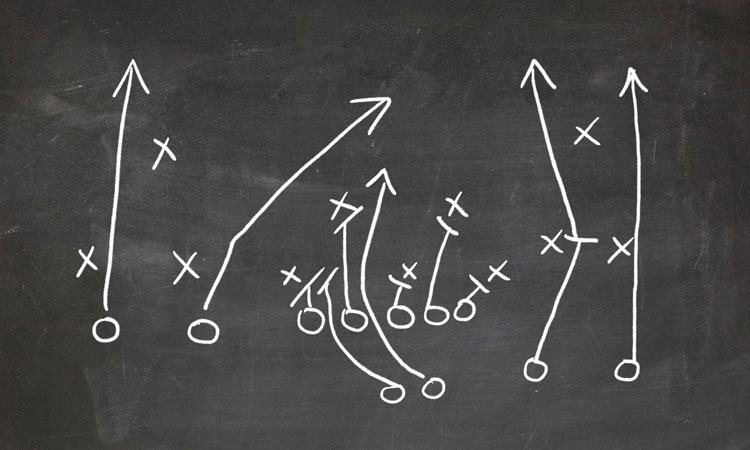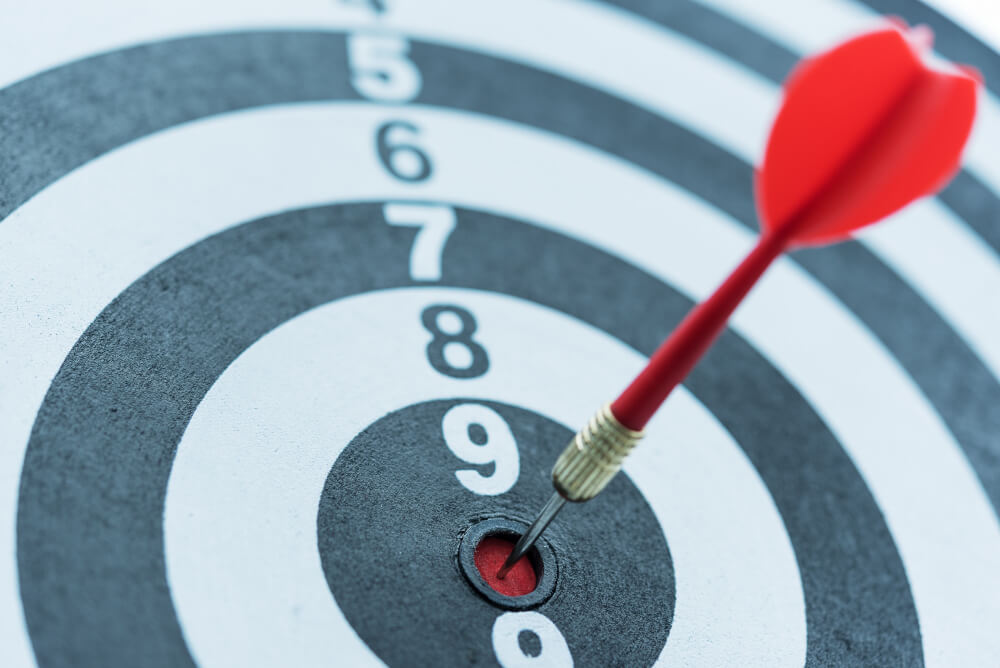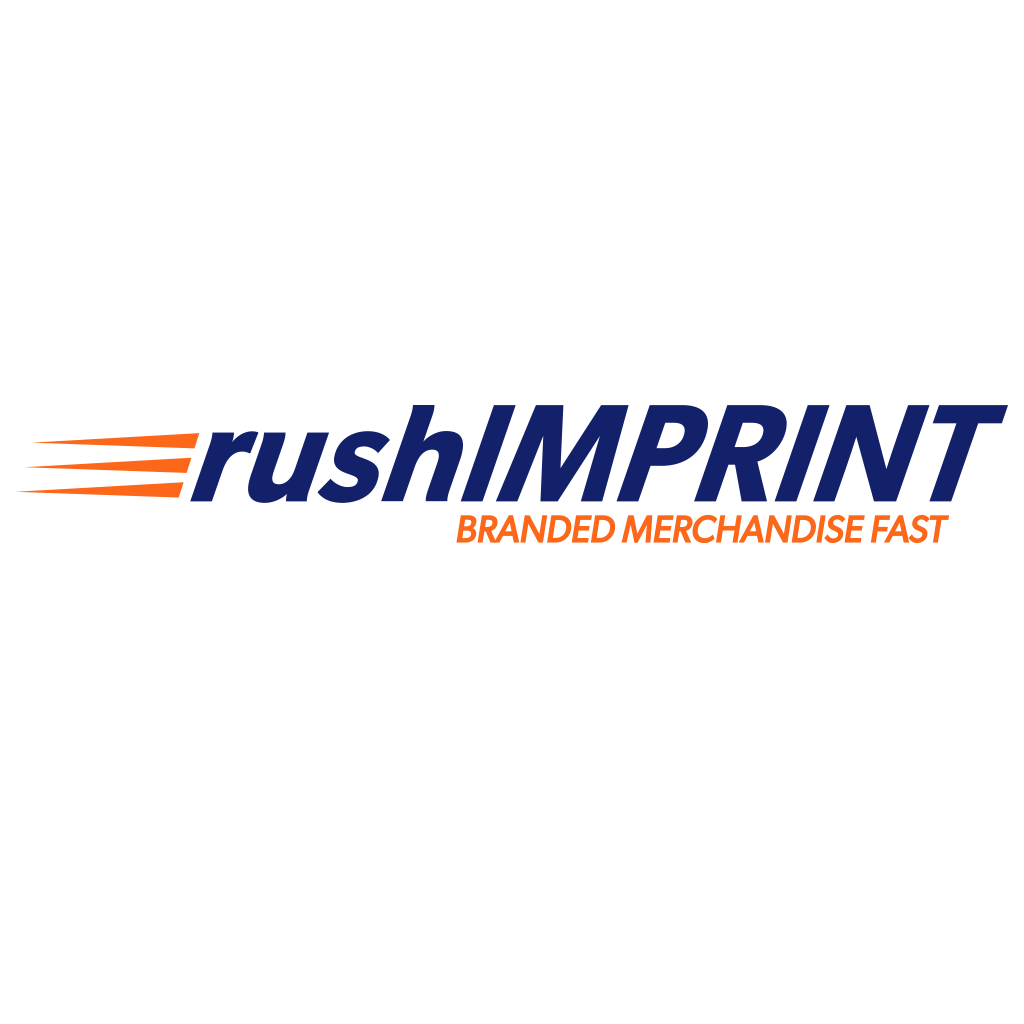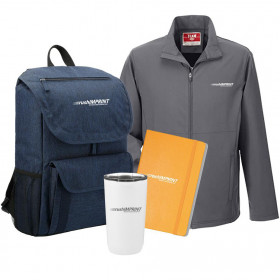
Are you one of the millions of business owners in the United States? Do you have a product or service that you want to sell to consumers or other executives? Then you should care about promotional marketing. Spreading awareness about your brand, product, or service is the underlying purpose of all promotional marketing strategies. However, there are so many different ways to approach this endeavor.
The Beginners Guide To Promotional Marketing {Updated 2023}
- What is the Message?
- Crafting Effective Promotional Marketing Strategies
- Types of Promotional Marketing (The Medium)
- Promotional Campaign Success Stories
- Integrating Multiple Channels for Promotional Marketing
- What Promotional Marketing Campaign Will Work for Your Business?
How you promote your business will depend on many factors. Is your target audience geographically based or can they be anywhere? Do you make a physical product or offer a service to your customers? What is your budget for marketing? A clothing company will have a vastly different promotional message and strategy than an auto mechanic.
To understand how to do promotional marketing well, it is important to understand the different aspects that make up a campaign, effective strategies for building out your plan, different types of media that you can use to get your message out there, and some examples of successful marketing initiatives from the past. Let’s break down promotional marketing to the bare bones to get started.
What is the Message?

Promotional marketing is a combination of two factors; the message and the medium. In other words, communicating with your audience requires some information and a delivery system for that content. So how do you craft an effective message that will drive action on the part of the customer?
Determine the Stage of the Buyer’s Journey
There are many different steps that people use to define each stage of the buyer’s journey, but in general, it includes awareness, consideration, and decision.
Awareness
The individual is aware of their need for a certain product or service. During this stage, they may start to gather information about possible solutions to their problem. This could include a Google search or asking a friend for recommendations.
Consideration
Now that they have determined to find a solution to their problem, the customer is evaluating the different options that are available to them. What type of products or services would meet their specific needs?
Decision
The final step is when the customer decides on the right product or service to purchase. They know what they are looking for and just need to find the right brand that can provide it to them.
Curating your direct marketing messages to connect with customers at different points along the buyer’s journey can help guide them through this process. An effective promotional campaign moves people along to the next step, specifically with your brand.
What Benefits Do You Offer Them?
Benefits are the main deciding factor in any purchasing decision. Personal selling requires a personal touch, and your messaging needs to touch on the deeper benefits that the product you sell can provide. “Store your extra items with this wall shelf” is a surface-level benefit. “De-clutter your home and your mind” is a deeper emotional benefit. When you run a promotional marketing campaign, make sure your messaging touches on the emotions of your audience.
What Sets Your Offering Apart?
Now you need to convince the customer that your solution is better than all the rest. For this, you need a unique selling proposition or USP. A USP differentiates you from the competition, convincing the customer as to why they would choose your offering first. Maybe you have better customer service, a unique history, or a connection to local communities that will impress the individual. If your product is unconventional for some reason that helps it achieve its purpose more effectively, highlight that. Does your staff take the time to follow up with clients to see if they are satisfied or do you offer a special return policy? Let these points be known in your messaging.
Crafting Effective Promotional Marketing Strategies

Answering the above questions will be important before you even start to think about running a promotional marketing campaign. Let’s take a look at what makes an effective strategy for promoting your brand to a broader audience.
Define Your Target Audience
While a promotional marketing strategy is often geared toward building greater awareness across multiple audiences, your target audience should always take precedence. When you look at your product/service, who will it benefit the most? If you already have existing customers, use the common characteristics that the majority of them share to craft a buyer persona to focus your marketing techniques.
Choosing the Correct Marketing Channels
Once your ideal customer is defined, you need to know where the best places are to interact with them. Do your potential customers spend a lot of time on Instagram or TikTok? Are they business professionals who would respond better to email marketing or a LinkedIn connection? Does the audience you want to focus on listen to the radio or watch broadcast television? Your marketing efforts can easily fail if you use the wrong channels to interact with potential clients.
Establishing Key Metrics
Sharing your brand image with a larger audience is a great goal, but you must have a way to measure your success. Before initiating your marketing campaign, select some key performance indicators, or KPIs, to track. You can measure clickthrough rates from digital marketing efforts, interactions with social media posts, open rates for emails, or the number of visitors to the store. These data points can inform future promotional marketing ideas.
Have Clear Goals in Mind
The point of establishing KPIs is to measure if you have run a successful marketing campaign. But how will you know if you achieved success if you never laid out clear goals? Come up with specific business objectives to achieve that are realistic and measurable to test the effectiveness of your strategy.
Include a Call-to-Action
With all of your promotional content, there needs to be a direct call-to-action that the potential customer could make. For digital marketing content, a straightforward call-to-action button would do the trick. For other types of promotional marketing, this action step may be implied, such as providing a phone number to call or the address of the business.
Types of Promotional Marketing (The Medium)
As mentioned before, there are many possible routes that you can take to build brand awareness and increase sales for your products or services. Here are a few of the most common types of promotional marketing.
Online Marketing
Marketing vis online ads, social media ads, or website SEO is key to informing customers about the existence of the brand and how it can meet their needs. With a strong promotional marketing plan, you can leverage your online presence to connect with the target market, increase brand awareness, build brand loyalty, and increase sales.
Social Media Marketing
Using a social media platform to engage existing customers and increase brand awareness with new ones is a very popular strategy in the digital marketing world. Facebook, Instagram, LinkedIn, TikTok, Pinterest, Youtube, and other platforms provide perfect marketing channels to connect you with new customers and generate sales.
Email Marketing
There is a reason that your promotions tab in Gmail fills up so quickly…because it works. Many people find out about brands and their products or services because of the messages in their inboxes. Email marketing campaigns can be a very effective promotional strategy if you have the writing chops to draw the attention of the customer right off the bat.
Promotional Products
Personal selling, or one-on-one communication between your business and potential customers, can be done in several ways, one of which involves branded merchandise. You and your marketing team can decide to order promotional items like shirts, hats, water bottles, towels, or other everyday items that contain your brand image. Then, you can give away or sell these items to increase the visibility of the business. You can turn existing customers into the brand’s representatives to the public with promotional items.
Content Marketing
Valuable content is king in your marketing mix. All of the messaging that you put out to increase brand awareness and sales needs to be compelling enough to convince audiences to take action. Content can take the form of website copy, emails, social media posts, blogs, radio advertisement scripts, and more. If the content marketing plan from a particular brand is low-quality, it may never generate enough impressions or sales to succeed.
Referral Marketing
Many companies will offer discounts, a promo code, or other incentives to current customers to acquire their help in spreading awareness and generating leads as part of a referral program. These individuals will then inform customers who have never purchased from that brand to consider taking action, which benefits the initial customer and builds brand recognition.
Public Relations
Your brand’s public relations strategy is another important pillar of the overall promotional techniques. Unlike advertising, a public relations campaign focuses more on the image of the business and its public perception rather than a specific product or service offered by the company.
Promotional Campaign Success Stories
Are you still looking for inspiration for your promotional marketing mix? Are you unsure how to integrate content marketing with sales promotions? Do you need to know whether to focus on post-purchase emails or other one-to-one communication methods for a follow-up? Unfortunately, there is no formulaic answer that will work for everyone.
However, perhaps you can draw some inspiration for your promotional marketing activities by taking a look at successful promotional marketing examples that have propelled other businesses to the top in the past.
Livestrong
Before Lance Armstrong fell from grace, he was considered one of the top athletes in the world, winning multiple Tour de France competitions on his bike. But what made his story even more unique was his battle against cancer. He established the Livestrong Foundation to raise money for cancer research and ended up partnering with Nike to launch the Livestrong bracelet initiative. These promotional items completely took off and sold millions, earning boatloads of money for the foundation. A simple, silicone bracelet made a huge difference for a non-profit organization.
“Eat Mor Chikin”
This well-known campaign was a cross-media promotion marketing mix that blew the top off of the popularity of Chick-Fil-A. Billboards, commercials, and other media combined to create the story of cows who were begging people to eat chicken instead of beef. Today, Chick-Fil-A is consistently rated as one of the top fast food chains in the country, in large part because of the exponential growth that resulted from the “Eat Mor Chikin” campaign.
“We Try Harder”
In the 1960s, Hertz was the number one rental car company in the country, and it wasn’t particularly close. Avis was second on the list, but with a clever print initiative centered around embracing their status as number two, they quickly saw their market share rise and Hertz’s fall. This campaign bragged about the fact that not being the best meant they had to try harder and be nicer, pointing out that they had better service as a result. This promotional marketing plan was highly effective and proves that the simplest ideas can make a huge difference.
The Mayhem Campaign
Mayhem personified is now recognized as Allstate branding. They combined television, radio, social media marketing, and print to spread the message that you can’t always prevent mayhem, but you can be protected from it with better insurance. The Mayhem character, played by actor Dean Winters, became an iconic symbol used over and over in Allstate’s direct marketing to great effect. Plus, those commercials are pretty funny and memorable, which is why it was such a great campaign.
Selling Walter White’s House
Century 21 took a big risk with its digital campaign in 2013. They took advantage of the upcoming series finale of AMC’s “Breaking Bad” to post a sell ad for the titular character’s Albuquerque home on Craigslist. The stunt generated plenty of conversation on social media platforms, particularly Twitter, and ended up paying off well for the real estate company. This ranks up there among the most unique and successful promotional campaigns that used an unconventional method to raise brand awareness and integrate with a massive pop-culture event.
Integrating Multiple Channels for Promotional Marketing
Not everyone can run a campaign as successful as the companies listed above. Many of them have far more resources to dedicate to creative teams and vast marketing departments to draw on a lot of combined brainpower. But there is one thing that many of those campaigns have in common that you CAN do for your own promotional marketing; integrating multiple channels. Here are a few examples of ways to combine media for your sales promotions.
Print Materials and a Custom App
Many businesses have reasons to create their own customized apps for devices. It can speed up the purchasing process, give rewards to loyal customers, and make shopping more convenient. To promote your new app, start a print campaign that includes a QR code on all marketing collateral that people can use to download the app. This can be a fun and interactive way to get people excited about where your brand is going. Plus, it shows that you are a business that stays up-to-date with industry trends.
Instagram and Online Advertising
Want to run a caption contest to increase engagement for your fans? You can harness the visual sharing platform of Instagram to boost interactions with your social media accounts. Combine this with some pay-per-click ads online that will direct people to the contest and you can improve customer loyalty and expose the brand to new audiences.
Television and Billboards
Similar to the “Eat Mor Chikin” campaign from Chick-Fil-A, you can use the two channels of television advertising and billboards to craft a message that connects with your target audiences. You can advertise the same product in both locations, one with a short and catchy piece of copy that drivers will see and one that local TV viewers can experience in their own homes. This spreads your message to a broader audience and allows you to focus on multiple aspects of the product that can provide benefits for customers.
Branded Merchandise and Community Event Sponsorships
Involvement in the local area is a great way to boost PR for the company and get to know your market. However, if you combine this initiative with promotional product giveaways, then you can increase awareness of your brand at the same time. Together, these promotional strategies can grow your audience, improve public perception, and generate new customers for the business.
What Promotional Marketing Campaign Will Work for Your Business?

Choosing the best promotional marketing strategy for your company is not an exact science. You will try many different promotional campaigns, some of which will fall flat. It sometimes comes down to a trial-and-error process where you will have to learn and adapt what methods will work for your brand. Marketing promotion is difficult. which is why some companies have entire departments dedicated to cracking the code. If you don’t have access to your own marketing agency or an in-house team, then the burden falls on you to communicate effectively to your audience.
Should you focus on direct marketing strategies such as emails or Google ads? Will free samples and branded merchandise result in a successful promotional campaign? Would your audience respond to influencer marketing on social media? Do you have the resources to pay for a billboard and would that even be effective for your goals?
Nail down your target audience, business objectives, KPIs, and the right marketing channels. Then, see how your company performs before, during, and after the promotional marketing campaign to guide any adjustments that need to be made. Focus on spreading awareness, building loyalty, and generating sales for your business.
Hopefully, the examples and tactics mentioned above can guide your marketing strategy so that there is a smaller learning curve to achieving success. Take inspiration from some of the successful campaigns of the past to get the creative juices flowing in your mind. Remember that marketing focuses on two things; the medium and the message. If you can effectively execute both, then your brand has a better chance of growing.

Kathy is one of our most experienced and popular customer service representatives. She is very creative and has a wealth of experience to share in her blogs. She has been providing novel ideas and tips for over a decade. She loves challenges and working with project deadlines.
